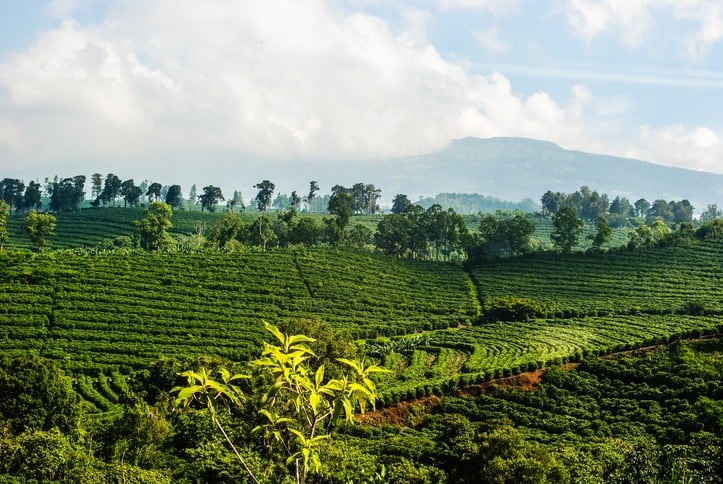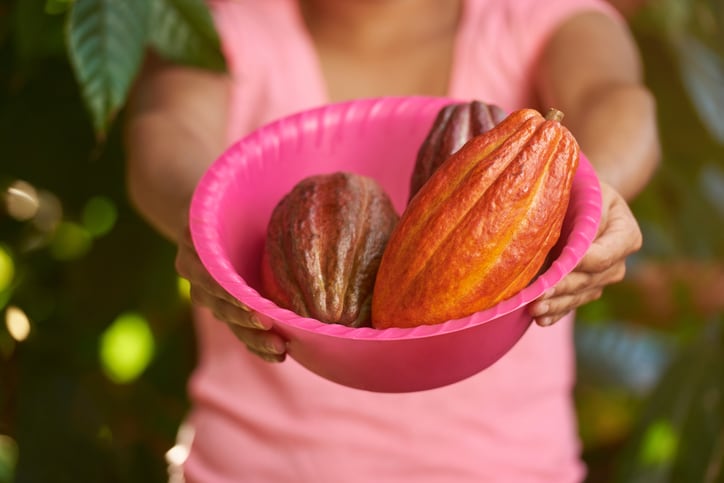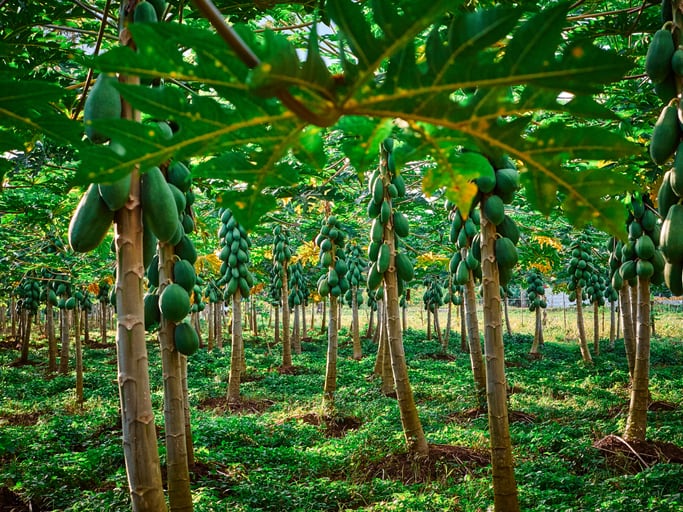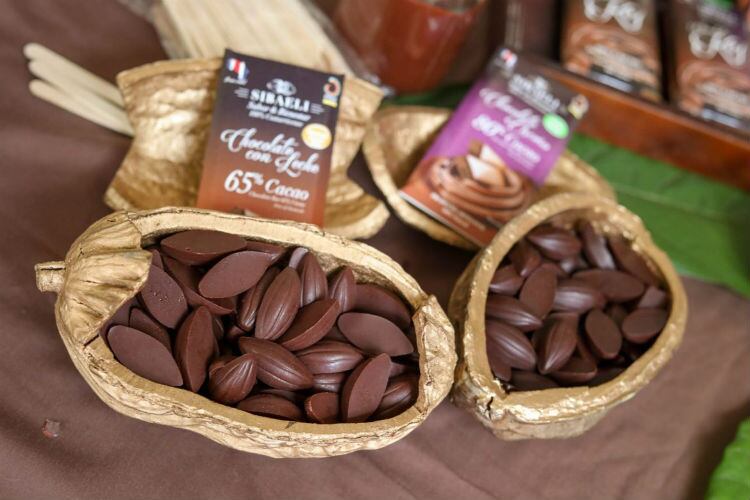Agroforestry is a farming system where crops are interspersed with other trees, and is considered a key strategy to help make farming systems resilient to climate change. When properly done, agroforestry trees can improve microclimatic conditions that reduce abiotic stress, increase yields of understory crops, and conserve soil and water.
However, the trees most commonly used in agroforestry for cocoa and coffee in Mesoamerica - an area encompassing southern Mexico and Central America - are also the most vulnerable to climate change, according to a study published this summer and conducted by a team of international researchers from Costa Rica, the Netherlands and Norway.
Avocado, guava and mango are commonly used in coffee and cocoa plantations but these crops are among the most vulnerable species with an average loss of 53% in suitable areas, according to a recent study. Common timber species such as cedar, tatascán and pochote are also highly vulnerable.“Our results anticipate a serious threat for future coffee and cocoa plantations if alternatives for nitrogen-fixing species are not promptly identified,” they write.
The study suggests that the fruit trees, jobo and sapodilla, are the most resilient species in coffee areas, while mamon is expected to be most resilient in cocoa.
The sweet and sour fruit tamarind works well in both coffee and cocoa areas.Jobo fruit is either eaten fresh or made into juice, concentrate, jellies, and sherbets. Ripe mamon fruit, meanwhile, can be eaten fresh or canned and the roasted kernels are said to resemble cashew nuts.
“Transforming agroforestry systems by changing tree species composition may be the best approach to adapt most of the coffee and cocoa production areas. Our results stress the urgency for land use planning considering climate change effects,” they add.
The cost of change
Most coffee and cocoa grown in Mesoamerica is already cultivated in an agroforestry system but farmers in the region are not using the most resilient crop mix. A gradual switch to the hardier species is therefore necessary.However, the cost of doing so could be prohibitive for smallholders, according to Oliver Nieburg, food and drink sustainability analyst at Lumina Intelligence.
“Some crop alternatives may take months or years to generate yields and income akin to the current crop mix,” he said.
“More research is needed on the income returns for farmers by replacing avocado, guava and mango with more climate-hardy alternatives. Farmers need to understand what income they can expect in subsequent years. “Many farmers will likely require access to finance during the shortfall, particularly those with small farm sizes that can’t fall back on an income safety net for one part of the farm while they regenerate another part,” Nieburg told FoodNavigator-LATAM.
“Companies and governments financing the transition is vital to maintain Latin America’s agroforestry and to avoid a shift to land-degrading and biodiversity-damaging monocultures.”
Lumina Intelligence is publishing a report assessing industry progress on combating cocoa-driven deforestation through agroforestry, traceability and mapping.
The report, due December-January, evaluates progress since the Cocoa & Forests Initiative. Follow Lumina Intelligence Sustainability for updates.
According to the researchers, increasing the cultivation of such species, however, will require a deeper understanding of how they perform from an agronomic perspective, including factors beyond just climate resilience, such as pest and disease management. Market incentives to facilitate their wider use and increase demand for the fruit are also important, they write.
Coffee is more vulnerable to climate change than cocoa for Mesoamerican farmers. Between 55 and 62% of current areas for coffee production will no longer be suitable by 2050 and 13-17% for cocoa production, the researchers predict.
Climate change is already impacting farmers in the region and farmers in low elevation areas in Nicaragua, Honduras and El Salvador are replacing coffee with cocoa, often with the support of NGOs and development agencies.
Source: Nature
“The future of coffee and cocoa agroforestry in a warmer Mesoamerica”
Published online ahead of print, doi.org/10.1038/s41598-019-45491-7
Authors: Kauê de Sousa, Maarten van Zonneveld, Milena Holmgren et al.




